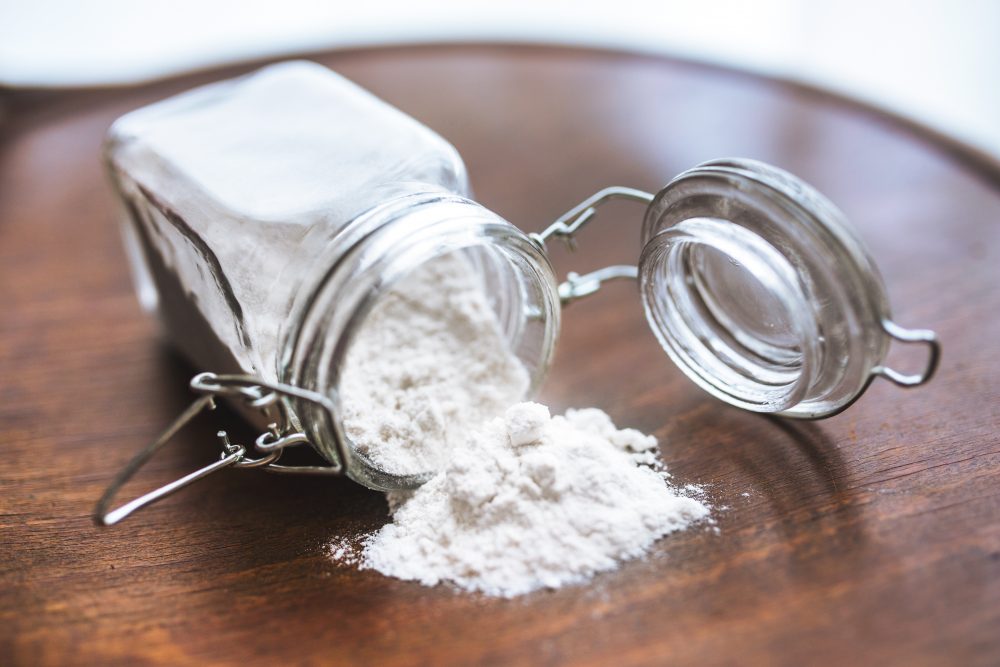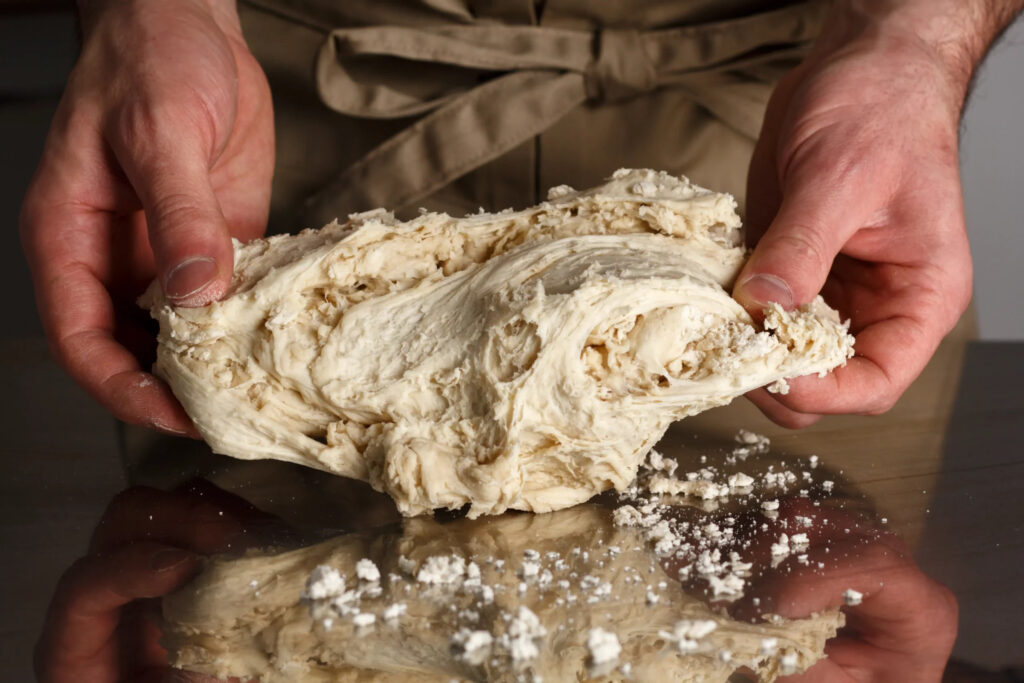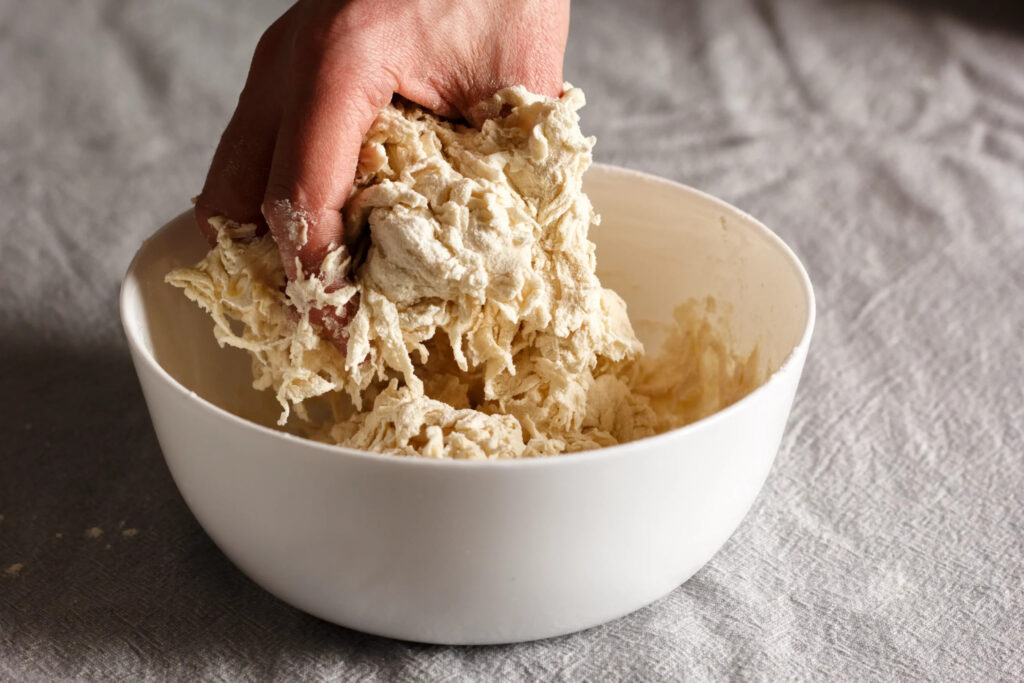The art of pizza-making is deeply rooted in Italian tradition, where craftsmanship, precision, and time converge to create one of the world’s most beloved foods. Among the various dough-making techniques, the Biga method stands out as one of the most important and revered methods, offering a path to dough that is light, airy, and rich in flavor.
In this comprehensive guide, we will explore the history, science, and steps involved in the Biga method and how it can elevate the quality of your pizza, especially when applied to Neapolitan pizza, pizza in pala alla romana, and high-hydration breads. Whether you’re a professional pizzaiolo, baker, or a passionate home cook, mastering this method will unlock new potential in your pizza dough.
1. What Is Biga?
Biga is a type of preferment, a mixture of flour, water, and a small amount of yeast that is prepared in advance and allowed to ferment over an extended period, typically 16 to 20 hours. The term “biga” is derived from the Roman chariot or cart, symbolizing how this starter helps “drive” the dough to its final stage.
The biga method is characterized by its stiff, dry dough, which has a lower hydration level compared to other preferments like poolish or sponge. This lower hydration creates a unique fermentation environment that promotes the development of flavor compounds, enzymes, and organic acids, which not only improve the taste and texture of the final product but also contribute to a more digestible dough.
Biga is predominantly used in Italian breads, Neapolitan pizza, and pizza in pala alla romana (Roman-style pizza on a paddle), but it also has applications in other types of high-hydration breads. Its benefits include:
- Enhanced flavor: The extended fermentation process results in more complex flavors, thanks to the production of organic acids.
- Better texture: Biga doughs produce a final product with a light, airy crumb and large, irregular holes (alveoli).
- Improved digestibility: The slow fermentation makes the dough easier to digest.
2. Why Use Biga in Pizza Dough?
The Biga method is particularly well-suited for certain types of pizzas and breads because of its unique characteristics. The dough that results from using biga offers qualities that are highly desirable in modern pizza-making.
a. Texture and Structure
The dough prepared with biga is known for its superior structure, which is soft, airy, and chewy, with irregular, large holes in the crumb. This is particularly valuable when making Neapolitan pizza, where the dough must be both light and pliable to create the characteristic thin, soft crust with a fluffy edge.
In high-hydration breads, biga helps achieve a beautifully open crumb, with large alveoli that are a hallmark of artisan bread-making.
b. Enhanced Flavor
Because of the extended fermentation time, biga encourages the development of organic acids and alcohol through the natural activity of yeast and bacteria. These compounds are responsible for the complex, slightly tangy flavors that are highly prized in artisan pizza and bread.
c. Digestibility
The long fermentation process allows the enzymes in the dough to break down the gluten and starches, making the dough easier to digest. This is particularly important in contemporary food culture, where many consumers are seeking pizzas and breads that are lighter and more digestible.
3. The Science Behind Biga: Understanding the Fermentation Process
Fermentation is the key to understanding why the biga method is so effective. When you prepare biga, you are essentially creating a controlled environment where yeast and bacteria can thrive, breaking down the starches in the flour and producing alcohol, carbon dioxide, and acids that contribute to the final flavor and texture of the dough.
a. Yeast Activity
In the biga method, the yeast is added at a very low percentage (usually 1% relative to the flour). The reason for this low yeast content is that biga ferments for a long period—typically 16 to 20 hours—so the yeast has ample time to multiply and generate the necessary gases and acids for fermentation.
b. Enzyme Activity
Two key enzymes, amylase and protease, play critical roles in the fermentation process. Amylase breaks down the starches in the flour into simple sugars that the yeast can consume. Protease breaks down gluten proteins, making the dough more extensible and giving it that soft, pliable texture.
c. Organic Acid Production
During fermentation, lactic acid bacteria naturally present in the flour also become active, producing lactic acid and acetic acid. These acids give the dough a complex flavor profile that includes tangy and slightly sour notes, similar to those found in sourdough bread. They also help strengthen the gluten network, which is essential for achieving that perfect chewy texture.
4. Step-by-Step Guide to Preparing Biga for Pizza
Now that we understand why biga is beneficial, let’s dive into the practical steps involved in preparing this type of dough. Precision is key in each stage, from ingredient ratios to temperature control.
a. Ingredients: The Key Ratios
- Flour: 100%
- Water: 45% (relative to the weight of the flour)
- Fresh Yeast: 1% (relative to the weight of the flour)
For example, if you are using 1 kg of flour, you will need 450 g of water and 10 g of fresh yeast.
b. Mixing the Dough
- Dissolve half of the yeast in the water.
- Combine the flour and the other half of the yeast in a mixer. Start mixing at a low speed.
- Slowly add the water, making sure to form as many lumps and clumps as possible. This process should take about 4 minutes.
- Once the dough starts coming together and forms 5-6 large, smooth blocks, the mixing is complete.
The dough should be stiff but fully hydrated. A well-mixed biga will have a coarse, uneven texture, and the flour should not remain dry or powdery.
c. Fermentation and Resting Time
After mixing, it’s crucial to let the dough rest for a period of 16 to 20 hours. During this time, the dough should be kept at a cool temperature, ideally around 18°C (64°F). Warmer temperatures will speed up fermentation, while cooler temperatures will slow it down.
Place the dough in a large container, covered with perforated plastic wrap to allow some airflow. Breaking the dough into smaller pieces helps increase the surface area exposed to oxygen, promoting aerobic fermentation at first, which encourages yeast activity.
d. Recognizing a Ready Biga
After 20 hours, the biga should have doubled in volume, with a distinctive alcoholic-acidic aroma. The surface should be slightly tacky, with very few shiny patches.
5. Common Mistakes When Making Biga (And How to Avoid Them)
Even though the biga method is straightforward, it’s important to avoid certain pitfalls that can compromise the quality of the final dough.
a. Under-Hydrating the Flour
One of the most common mistakes is not fully hydrating the flour. If the flour remains dry, the fermentation will be uneven, and you may end up with a weak dough that doesn’t rise properly.
b. Inconsistent Temperature Control
Fermentation is highly sensitive to temperature. If the dough is left to ferment at a temperature that is too high, the yeast will become overactive, producing too much gas and alcohol, which can lead to a dough that is too sour or even collapsed. On the other hand, if the temperature is too low, fermentation will be sluggish, and the dough won’t develop the proper flavor or texture.
6. Adjusting Biga for Different Seasons
Temperature is one of the most crucial factors in controlling fermentation, and seasonal changes can greatly impact the behavior of your dough. Here’s how to adjust the biga method based on the time of year:
a. Summer
During the hotter months, you will need to reduce the amount of yeast in your biga. In some cases, you can lower the yeast content from 1% to 0.5%, as warmer temperatures will naturally speed up the fermentation process.
b. Winter
In colder conditions, you can increase the yeast content slightly, or alternatively, allow for a longer fermentation period to compensate for the lower temperatures.
7. Using Biga in Neapolitan Pizza Dough: An Expert’s Guide
Once your biga has fermented for the required time, it’s time to incorporate it into the final dough for your pizza. When making Neapolitan pizza, the biga will typically constitute about 30% of the total dough weight.
Mastering the Biga Method for Superior Pizza and Bread
The Biga method is a cornerstone of Italian pizza and bread-making, offering bakers and pizzaioli the opportunity to create dough with exceptional flavor, texture, and digestibility. By understanding the science behind biga
Want to learn more about mastering the Biga method? Connect with me for expert consulting services, whether you’re perfecting your pizza dough or innovating your restaurant menu.










